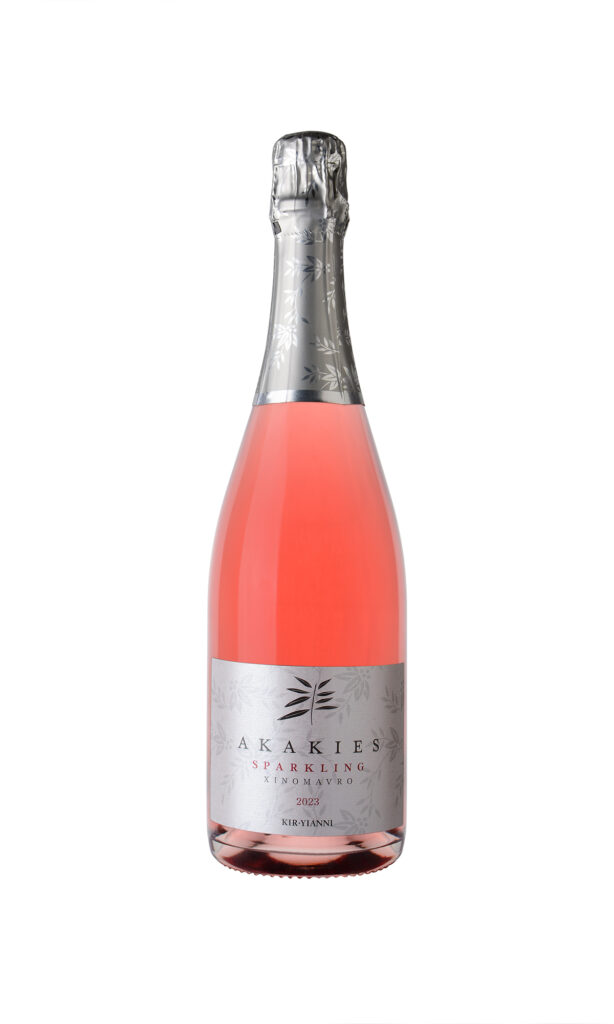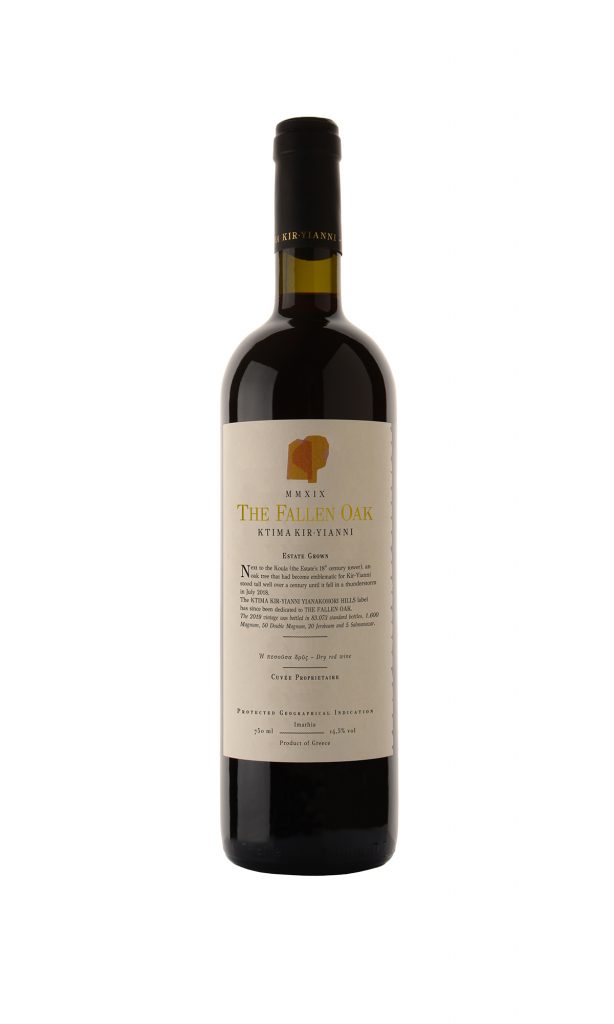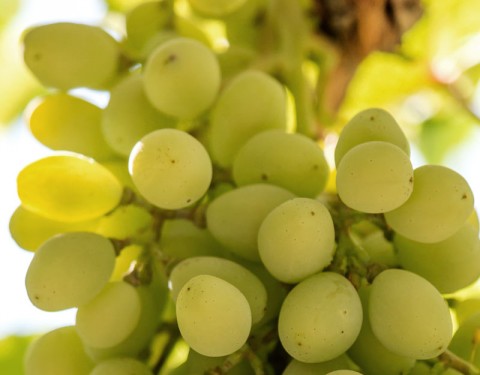
All Vintages
Other Vintages
Winemaker's Note
Bright rich pink color with persistent bubbles. The nose is intensely fruit-forward with aromas of wild strawberry, white-fleshed cherry, and tomato. The mouth is rich and fruity with vibrant acidity and a delicate touch of sweetness. Delicious, refreshing finish.
Varieties
Xinomavro 100%
Origin
PDO Amyndeon

Food Pairing
Ideal with everyday Mediterranean dishes as well as exotic cuisine, fatty fish, on its own, at the beginning, or even at the end of a meal.
Analytical Data
A year that started with an atypical warm and dry winter, followed by rain and cooler than standard temperatures almost throughout spring and the month of June. The conditions demanded vigilance in the vineyard and, in some cases, speedup of practices like shoot thinning to enhance aeration and sun exposure of the plants. Since mid-summer, conditions returned to the standard, giving time to Xinomavro to ripe.
For our sparkling Xinomavro, we began handpicking the grapes upon reaching the level of 10.5% ABV, from blocks closer to the lakes. Harvest commenced on 28 September, almost 2 weeks earlier than the rest of Xinomavros for our still rosés and reds.
From selected parcels of Xinomavro at Agios Panteleimonas in Amyndeon, within the homonymous PDO region in Northern Greece, with the distinctive poor sandy soils and the altitude of over 600 meters above sea level. At the cooler wine region of Greece with the unique meso-climate, Xinomavro finds a heartland to display its power but most importantly its elegance. Especially for our sparkling wine, the grapes are grown mostly on small blocks nearby the lakes that are the first Xinomavros to harvest each year aimed at the harmonious threefold of high acidity, lower sugars, and phenolic ripeness.
Rigorous grape selection on conveyor belt. First fermentation in stainless steel tanks at low temperatures in contact with fine lees and mild, periodical stirring (batonnage) for a few months. The wine was transferred to closed tanks for second fermentation, when CO2 is released and ABV reaches the level of 12%. Bottling follows.


 Sparkling Rosé
Sparkling Rosé 




